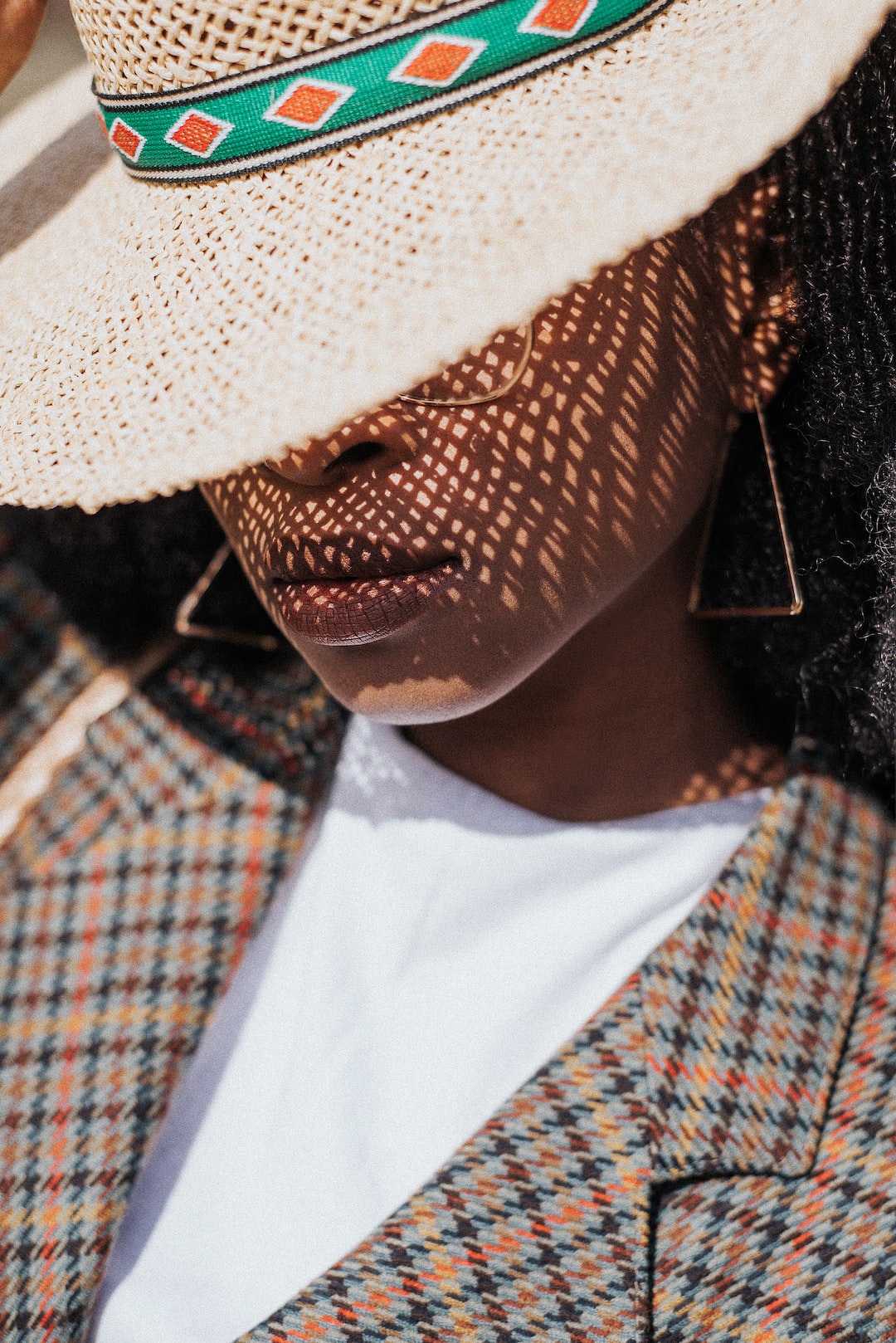How to Dress Appropriately for Different Body Types and Sizes
Fashion is not just about following trends, but also about understanding your own body type and dressing it in a way that enhances your best features. Every individual is unique, and no two bodies are the same. Understanding your body type and size will help you dress more confidently and beautifully. In this blog post, we will discuss how to dress appropriately for different body types and sizes, so you can feel amazing in every outfit.
1. Hourglass Body Shape:
If you have an hourglass body shape, which means your bust and hips are well-balanced with a defined waistline, aim to highlight your curves. Try wearing fitted tops or dresses that accentuate your waistline, such as wrap dresses, tailored blazers, or peplum tops. Pair these with high-waisted bottoms, like pencil skirts or wide-leg pants, to show off your curves. Avoid baggy or loose-fitting clothing that may hide your natural shape.
2. Pear Body Shape:
For those blessed with a pear-shaped body, where your hips are wider than your bust, the key is to balance your upper body with your lower body. Opt for tops that draw attention to your shoulders and create volume, such as boat necks or off-the-shoulder styles. A-line skirts and dresses work well for pear shapes, as they skim over the hips and create a more balanced look. Avoid clingy fabrics on your lower half, as this may emphasize the difference between your hips and bust.
3. Apple Body Shape:
If you have an apple-shaped body, where your midsection is wider than your bust and hips, your goal should be to create proportion and elongate your torso. Choose tops that flow loosely over your midsection, like empire waistline dresses or blouses with ruching. V-neck tops or wrap dresses can help draw attention to your bustline, while A-line skirts or wide-leg pants can balance your silhouette. Avoid clingy fabrics or excessive layering around your midsection.
4. Rectangle Body Shape:
If your body shape is rectangular, where your bust, waist, and hips are almost of the same width, the aim is to create curves and define your waistline. Opt for tops that add volume to your bust or create the illusion of curves, such as ruffled blouses, peplum tops, or sweetheart necklines. Use belts to cinch your waist and create definition. Add dimension with skirts or dresses that have ruffles, pleats, or embellishments. Avoid shapeless or boxy clothing that may hide your natural curves.
5. Petite Body Frame:
Being petite means you are shorter in stature and have a smaller frame. The key here is to avoid overwhelming your frame with oversized or bulky clothing. Opt for pieces that elongate your body and create an illusion of height. High-waisted bottoms paired with a tucked-in blouse can make your legs appear longer. Monochromatic outfits or vertical stripes can also create an elongating effect. Avoid oversized prints or patterns that may overpower your small frame.
6. Plus Size Body Shape:
For those with a plus-size body shape, the aim is to celebrate your curves and accentuate your best features. Embrace your body by choosing well-fitting garments that highlight your assets. Wrap dresses, empire waistlines, or fit-and-flare silhouettes can flatter your figure. Invest in good-quality undergarments that provide support and create smooth lines. Avoid oversized clothing that may add extra bulk, and instead, opt for structured pieces that define your shape.
Remember, the most important aspect of dressing appropriately for your body type and size is to feel comfortable and confident in what you wear. These guidelines are not meant to restrict your style but rather to serve as a starting point for finding what works best for you. Experiment with different styles, colors, and cuts to discover what makes you feel your best. Ultimately, fashion is about expressing your unique personality and embracing your body in all its beautiful forms.

